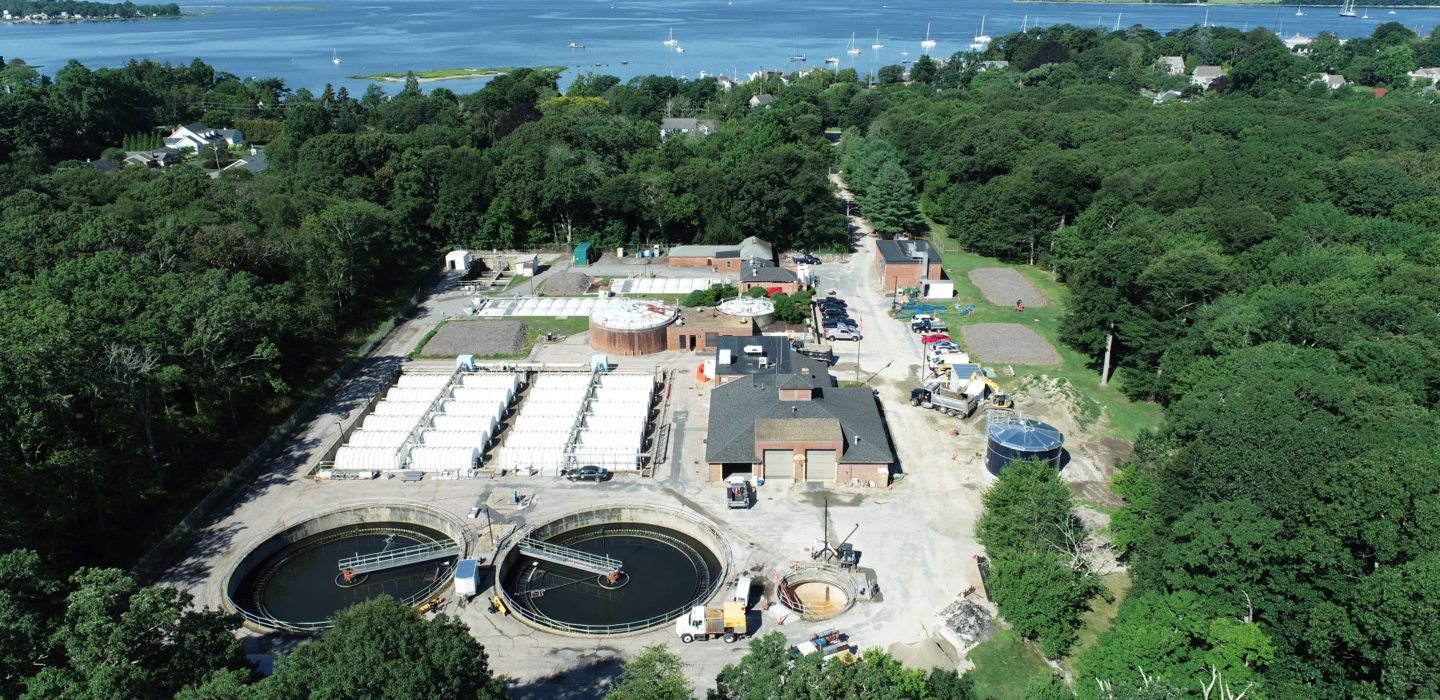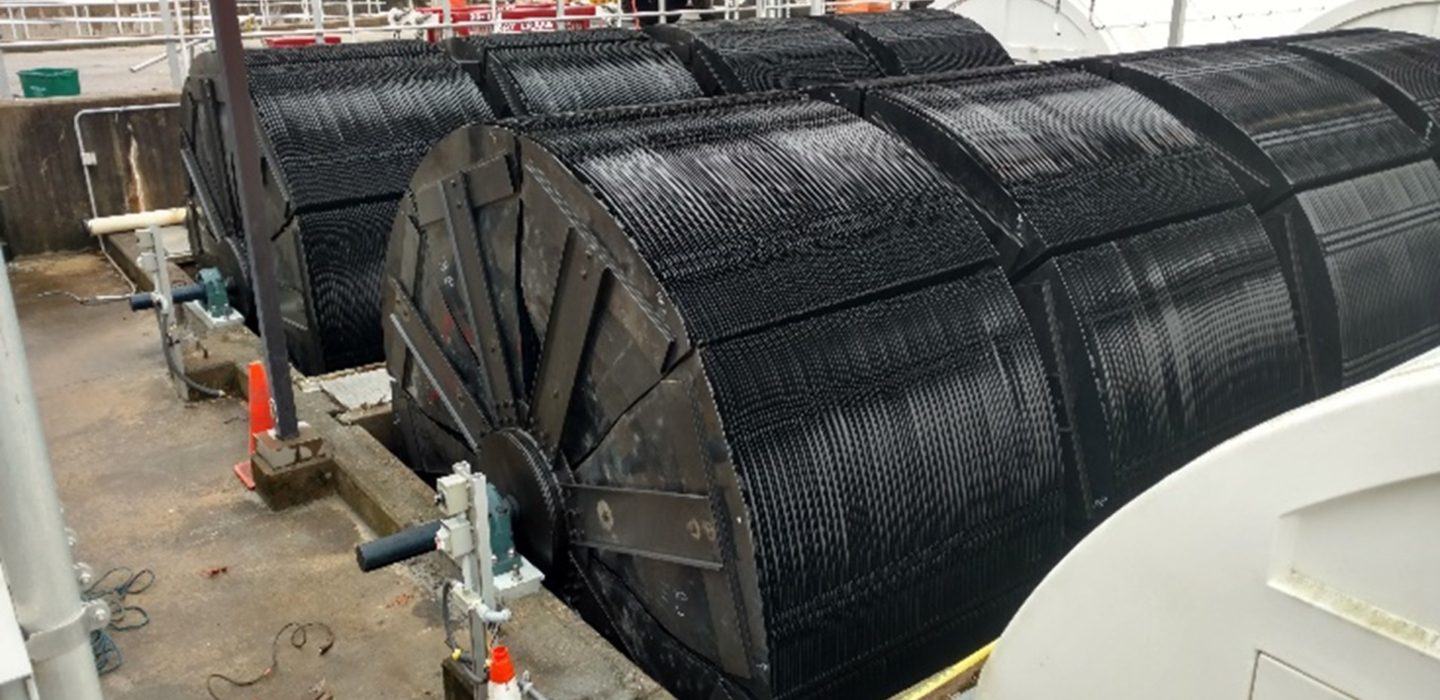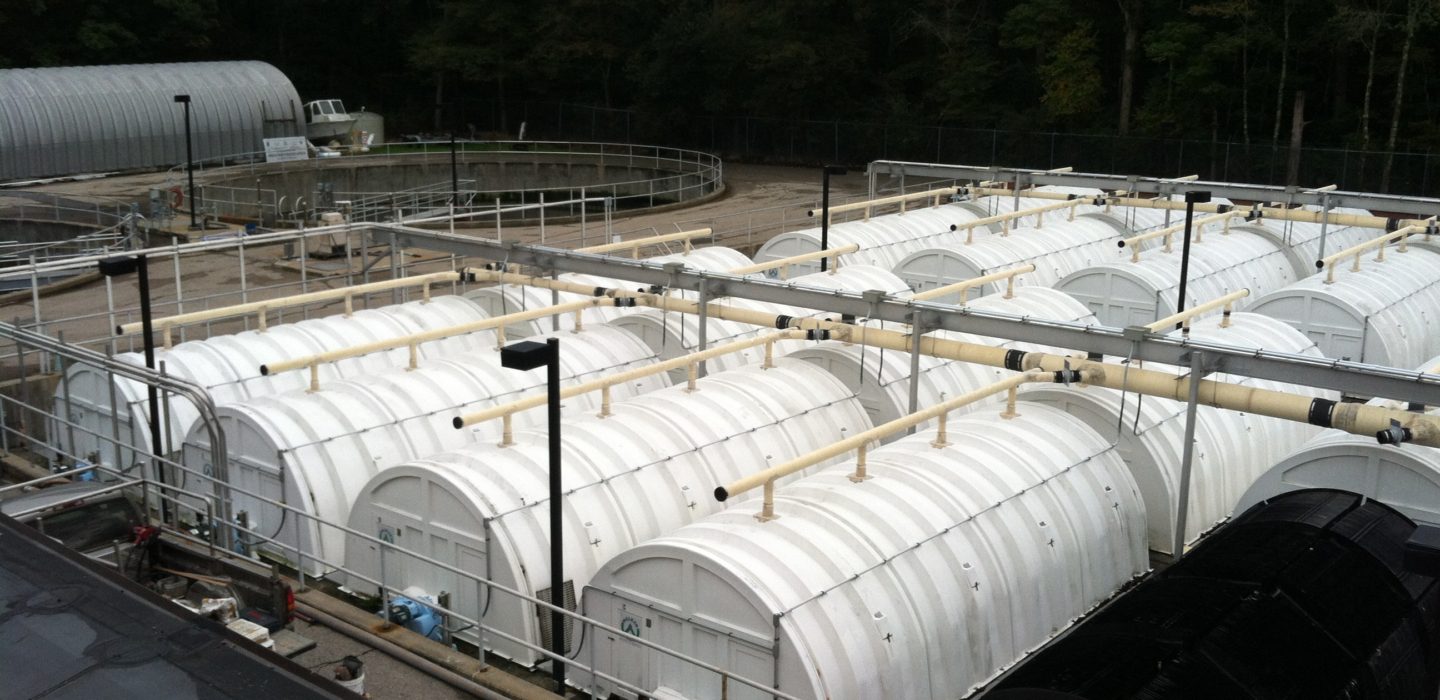Wastewater Projects
Bristol, Rhode Island
BETA has maintained an On-Call Engineering Services relationship with the Town of Bristol for their wastewater infrastructure needs for approximately 40 years. Our services have included wastewater facility planning, funding assistance, design and construction services for improvements throughout their collection system, associated pumping stations, their 3.8 MGD wastewater Treatment Facility, and their biosolids composting facility.
BETA is currently finalizing a Facility Plan for the Town that was last prepared by BETA in 2000. Given their coastal landscape and the age of their system, locating, isolating, and removing infiltration and inflow from the sanitary sewer system has been a significant part of each facility plan and a constant challenge. The Town maintains approximately 90 miles of gravity sewer main, 25% of which are over 90 years old. BETA has worked collaboratively with the Town’s Water Pollution Control Department (Department) to perform Infiltration/Inflow Studies and Sewer System Evaluation Surveys (SSES), including flow metering, closed-circuit television (CCTV) inspection of sewer mains, smoke/dye testing for inflow sources, and run-time analyses of the community’s pumping stations. These studies and investigations have resulted in sewer system improvements via pipeline and manhole rehabilitation, stormwater system improvements, and an associated sump pump disconnection program.
Facility Planning also identified needs at the pumping stations located throughout their collection system. The Department maintains 11 pumping stations, and they vary in capacity from 45 gpm to 9,900 gpm. BETA has designed and provided construction services for improvements to the majority of the pumping stations including the Main Lift pumping station that contains two 72-inch Archimedes screw pumps at a capacity of 13 MGD; dry pit-wet pit pumping stations including the Silver Creek PS (5,300 GPM), Mount Hope PS (1,050 GPM), Constitution PS (700 GPM), and Kickemuit PS (650 GPM); as well as their smaller, remote, submersible stations. The improvements have incorporated full mechanical upgrades, instrumentation and telemetry improvements, mechanical electrical and plumbing (MEP) system upgrades including standby power systems, and measures to protect infrastructure from flooding associated with flood plains and sea level rise.



